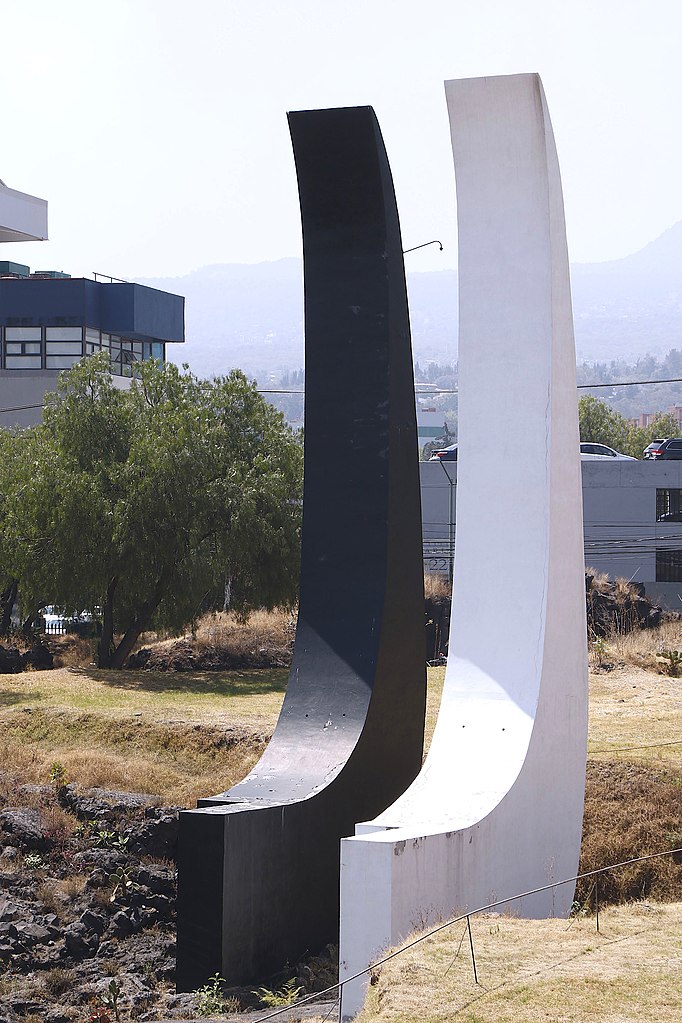
Señales, (Signals) is a 1968 work by sculptor Angela Gurría. Among the 22 works created for the Ruta de la Amistad that accompanied the 1968 Olympics, it’s likely the most recognized of all of them. It’s also likely among the most popular and one of the sculptures that’s best survived the passage of time. It was assigned Station #1 along the sculpture route.
At 18 meters high, it’s made entirely of reinforced concrete. The work makes reference to the “de-segregation” of the Olympic Games, which included many more African countries than ever before. But athletes from these countries and African American athletes from the United States insisted on the exclusion of South Africa because of its Apartheid policies. The presence of Black athletes during the games made them one of the most successful held up to that time.
Popular as it was, Señales fell into neglect in the intervening years. In 1998, it was restored by the Moisés Cosío Family. It was originally install in the Glorieta de San Jerónimo. That location eventually became to overcrowded with highway overpasses, and along with most of the Sculptural Route, the work was moved to the Periférico Sur and Insurgentes Sur intersection, where it remains to this day.
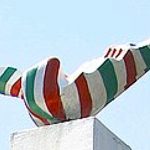
Nearest at 0.08 kms.
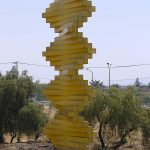
Nearest at 0.10 kms.
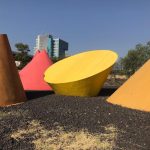
Nearest at 0.15 kms.

One of Zona Rosa's best loved spaces for learning, music, and art . . .
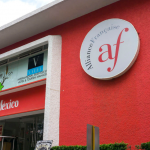
A vibrant cultural and language center in a treelined corner of Chimalistac . . .
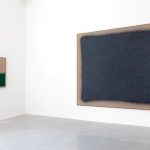
Galerie Nordenhake specializes in contemporary art with an international focus . . .
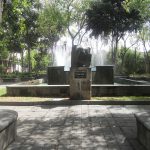
A quiet corner at the very center of Mexico City . . .
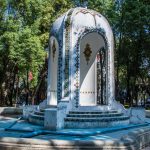
Hipódromo's most stunningly beautiful fountain . . .